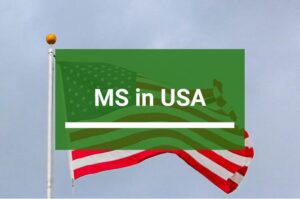- Visualizing complex structures or processes, such as the human body or chemical reactions.
- Creating virtual environments for students to explore and interact with.
- Simulating real-world scenarios to provide hands-on learning experiences.
Motion Graphics
Motion graphics involve animating text, images, and other design elements to create dynamic visuals. They’re commonly used for:
- Creating engaging presentations and infographics.
- Explaining complex processes or data in a visually appealing way.
- Adding visual interest to educational videos or interactive lessons.
Creating Effective Animated Content
Crafting captivating and impactful animated educational content demands meticulous attention to key elements. These elements serve as the foundation for engaging learners and facilitating effective knowledge transfer.
Designing Visually Appealing Animations
- Color Theory: Harness the power of color psychology to evoke emotions, reinforce concepts, and enhance comprehension.
- Motion Graphics: Utilize smooth transitions, fluid animations, and dynamic effects to capture attention and convey complex ideas.
- Visual Hierarchy: Establish a clear visual hierarchy by organizing elements in a logical and visually appealing manner, guiding learners’ focus.
Balancing Entertainment and Educational Value
Finding the sweet spot between entertainment and educational value is crucial. While engaging animations can capture attention, they must also contribute to the learning process.





